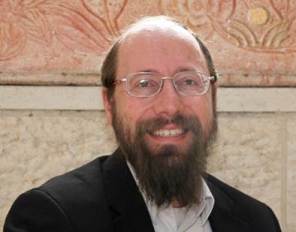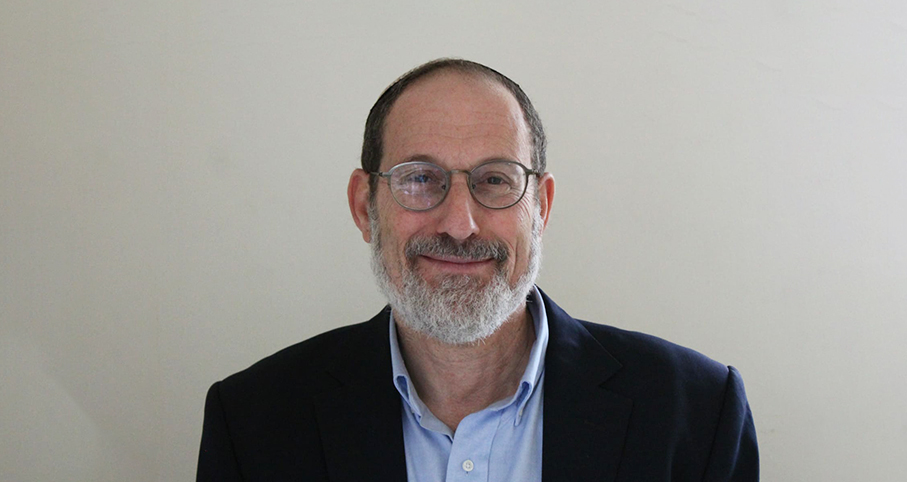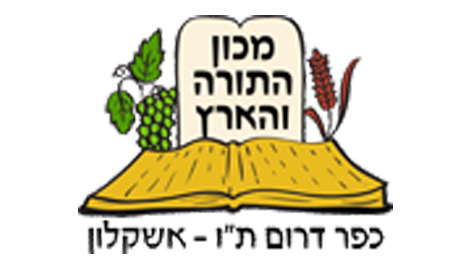Ask the Rabbi
- Shabbat and Holidays
- Shabbat Prayers
- General Questions
Question
Hello!
During the last verse of Lecha Dodi (Boi Beshalom), we all turn to the West in order to "greet the bride Shabbat". I have the following questions:
1) What is the symbolism of turning to the West?
2) Why do we make the turn towards our left side and not towards the right?
3) And when we bow down and say "Boi Kalah, Boi Kalah", should it be towards the left and then right, or vice versa? And more importantly...why?
Many thanks!
Answer
Shalom!
1. We turn towards the west because that’s where the sun sets and accordingly, where the Shabbat Bride “enters”. Accordingly, when one lives north of Y’rushalayim, say in Beit El or Tzfat, the entrance to the shul is in the north, not the west, so the Mishna Brura says to turn 90 degrees to the west (not (!) 180 degrees to the entrance of the shul).
2. You probably mean that the custom is that we turn towards our right side (clockwise), just as the kohanim turn before and after n’siat kapayim (Or. Ch. 128, 17), and just as most Ashkenazim wave the lulav, as chazal teach us, “all of your turns should be to the right” (Sotah 15b). Similarly, the kohen goes up the ramp to the mizbe’ach (alter) in the Bet HaMikdash to his right (even though afterwards he has no choice but to turn to his left, the idea of “Pniotecha liy’min” refers to the first turn, Yoma 15b).
3. Regarding bowing, R. Yakov Emdin brings that his father, the Chacham Zvi, would bow three times when saying Bo’ee Kalah, to his left, then his right and then in front. This is identical to the bowings mentioned when we finish Shmoneh Esreh. The idea is because the Shchina (Divine Presence) is, as if it were, before us (“I have set Hashem always before me”, Tehilim 16, 8), so we bow to Her right (… from His Right-hand (came the) fiery law”, Dvarim 33, 2) before Her left, and then, as if it were, to Her.
A significant difference should be pointed out, that these bowings at the end of Shmoneh Esreh are cited in the Talmud (Yoma 53b) and the Shulchan Aruch (Or. Ch. 123, 1) and are universally accepted, as opposed to those at the end of Lecha Dodi, which is not cited by most of the poskim and is a relatively recent custom of only some communities.
With Love of Israel,
Rav Ari Shvat

Asking for personal things on Shabbat
Rabbi Elchanan Lewis | 28 Sivan 5767
Shabbat
Rabbi Daniel Kirsch | Nisan 29, 5781

Personal Requests On Shabbos
Rabbi David Sperling | Sivan 12, 5773





